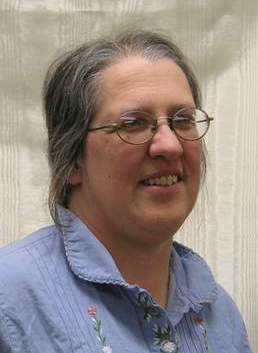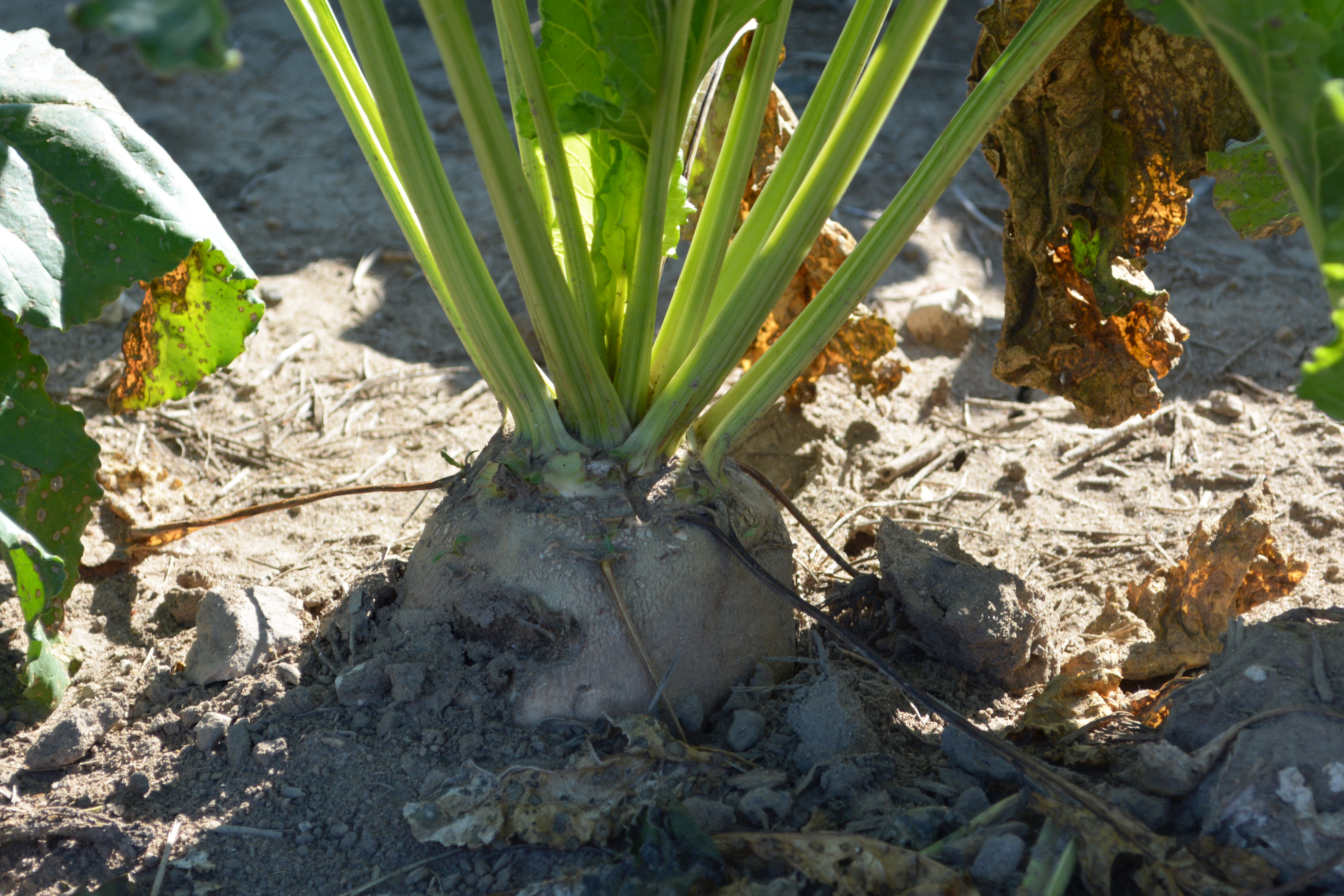Giving back to growers
Linda Hanson earned her master’s at Michigan State University. Now, she’s helping the growers who helped her as a student.

Linda Hanson is grateful for what she learned from Michigan growers while earning her master’s degree in plant pathology from the Michigan State University.
Now, she is helping those growers thrive as a research plant pathologist with the U.S. Department of Agriculture (USDA) and adjunct associate professor in the MSU Department of Plant, Soil and Microbial Sciences (PSM).
Hanson’s research primarily focuses on soilborne fungi in sugar beets and dry beans, including Fusarium that blocks the vascular system and can cause tissue to rot.
“If a plant’s vascular system is blocked, it can’t take up water and nutrients,” she said. “If it’s mild, the plant can survive it. Just like a human would if they lose a few blood vessels — you may not be able to use that part, but if you lose too many, you’ll die. Same for the plants.”
Hanson’s sugar beet research is funded in part by a checkoff through the Michigan Sugar Company, a grower cooperative that sells to industrial, commercial and retail consumers.
“This research actually supports the rural economy, the growers themselves pay for it, and run the cooperative that processes the crop,” Hanson said.
At the heart of the rural economy are family farms. Hanson recalls helping one grower, through her consultation work, save his sugar beet crop from Fusarium.
“This farmer, very fortunately, had an irrigation system,” she said. “The best management for Fusarium is to water very lightly, fairly frequently. Because if you lose some of your conductive tissue, you want to have just enough water to take the water and food up and keep the plant going, and not so much that you’re drowning it.
“We were able to work out a schedule, and instead of losing the crop, the grower was able to harvest and have enough to not only pay the cost of planting and running, but actually make a small profit.”

Hanson also studies Rhizoctonia solani, which causes root rot and the potential of seedling death. This fungus has several forms and impacts many crops, including sugar beet, dry bean, soybean, cucumber and corn. It also can infect turfgrass and some ornamental plants, such as gladiolus and chrysenthemum.
“We’re trying to see, is it really exactly the same or is there variability on what’s on these diverse crops and what can we do to help manage it within the whole cropping system?,” Hanson said.
Rhizoctonia solani also seems to help attract other pathogens into plants, doubling root losses in some cases.
“We’re now trying to understand how this happens, how these things interact and what is it about certain pathogens that they can help other pathogens?” Hanson said. “Long term, is there a way we can stop that and make it so that they’re not helping others?”
Hanson is a strong proponent of using the safest methods with the best timing for both the crop and then environment, also known as Integrated Pest Management.
“We’re trying things like crop rotation to reduce the disease, host resistance to reduce disease, other cultural practices, and then using fungicides at the best times at the rate that’s needed, so they will be effective and not overused,” she said.
Her work is often done in conjunction with Jaime Willbur and Noah Rosenzweig, assistant professors in PSM. Willbur conducts the fungicide trials, and Rosenzweig works on fungicide resistance screening of the pathogens.
“(Rosenzweig) does a lot of screening of material coming in from the field, and I do a little bit of work on mechanisms of resistance and ways to quickly detect it so that we can make sure that people aren’t applying things that aren’t going to be useful,” Hanson said.
Discovering information to create useful solutions for Michigan growers is what drives Hanson’s research.
“It’s rewarding to be able to go back and help growers,” she said. “They helped me to get my education, now I can help them.”
This article was published in Futures, a magazine produced twice per year by Michigan State University AgBioResearch. To view past issues of Futures, visit www.futuresmagazine.msu.edu. For more information, email Holly Whetstone, editor, at whetst11@msu.edu or call 517-355-0123.



 Print
Print Email
Email






